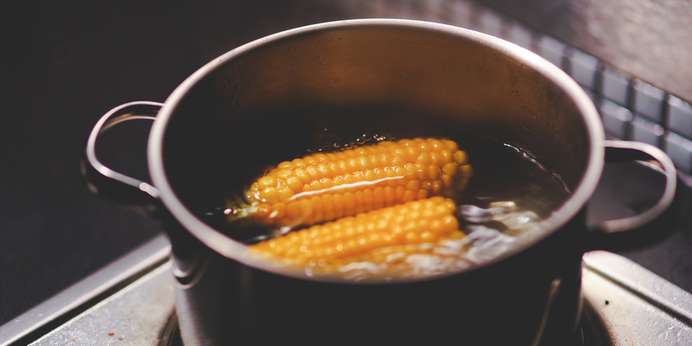The Challenges of Corn Biofortification
Designing breeding programs for specific corn color isn’t just about profits; it can be critical to promoting public health and preventing disease, disability, and death resulting from inadequate vitamin A intake. Vitamin A deficiency is one of the most common nutritional deficiencies worldwide, causing blindness in 250,000-500,000 children each year and increasing the risk of contracting and dying from common childhood diseases.3 The ability to increase provitamin A carotenoids, such as beta-carotene, in corn via biofortification combined with corn’s relative affordability has made it one of the primary sources of vitamin A around the world, particularly in regions facing acute nutritional deficiency, such as Africa and South-East Asia. However, as carotenoids increase, corn changes from white to yellow.4 While for some Western consumers, this color change may be welcome with open arms, the history and cultural perception of corn color in parts of the developing world make the shift problematic, potentially hindering public health efforts.
In many African countries, including South Africa, yellow corn has historically been used primarily or exclusively as animal feed. This practice reportedly began due to the increased risk of rancidity presented by carotenoids, creating a sharp distinction between yellow and white corn in the eyes of consumers that endures even as improved food processing and handling techniques have largely removed rancidity concerns. As plant breeder and genetic engineering researcher Matthew DiLeo says, “This pattern was likely established for practical storage reasons, but now many (especially more wealthy) Africans have a strong cultural preference for white corn.”5 As a result, the yellow corn provided through Western food aid programs has become regarded by many as an insult, often making aid recipients perceive that they are receiving animal food while simultaneously establishing a sensory association between the yellow hue, poverty, and disenfranchisement. Researchers and public health officials hope that education initiatives aimed at reframing corn color perception will eventually increase receptiveness to yellow biofortified corn and facilitate anti-deficiency efforts.6 Others, however, have a different plan.
Expanding the Possibilities of Corn Color
Provitamin A carotenoids are capable of creating color shifts beyond yellow, as greater levels of biofortification result in corn that takes on an intense orange color. Not only does this increase the vitamin content of the corn and demonstrably improve vitamin A body stores, it also creates a new sensory experience that does not bring with it the troubled history of yellow corn.7 A team of researchers led by Alex Winter-Nelson at the University of Illinois have experimented with the acceptability of the new orange corn and have observed promising results:
Just over a year ago, Winter-Nelson and one of his graduate students took some of this orange corn to an open-air market in Mozambique for a taste test. The market-goers still preferred their white corn, but almost half of them agreed to exchange it for bags of orange corn when they heard it was more nutritious.8
By modulating carotenoid levels to create a chromatically unique product, scientists are hoping to introduce biofortified corn and corn products even in historically unreceptive markets, thereby improving public health. Spectrophotometric monitoring of color data facilitates this process and ensures that the hues produced meet the standard for cultural acceptability, enhancing lives in a direct and meaningful way.
HunterLab Color Measurement
HunterLab has been a pioneer in the field of spectrophotometric color measurement for over 60 years. In that time, our instruments have been used to evaluate and redefine food production and processing methods in the United States and around the world to meet the nutritional needs and preferences of consumers. Our versatile technologies give you the information you need to accurately assess your corn breeding strategies and create visually appealing products that enhance the lives of your customers. Contact us to learn more about our innovative range of spectrophotometers, user-friendly software packages, and top-of-the-line customer service.




